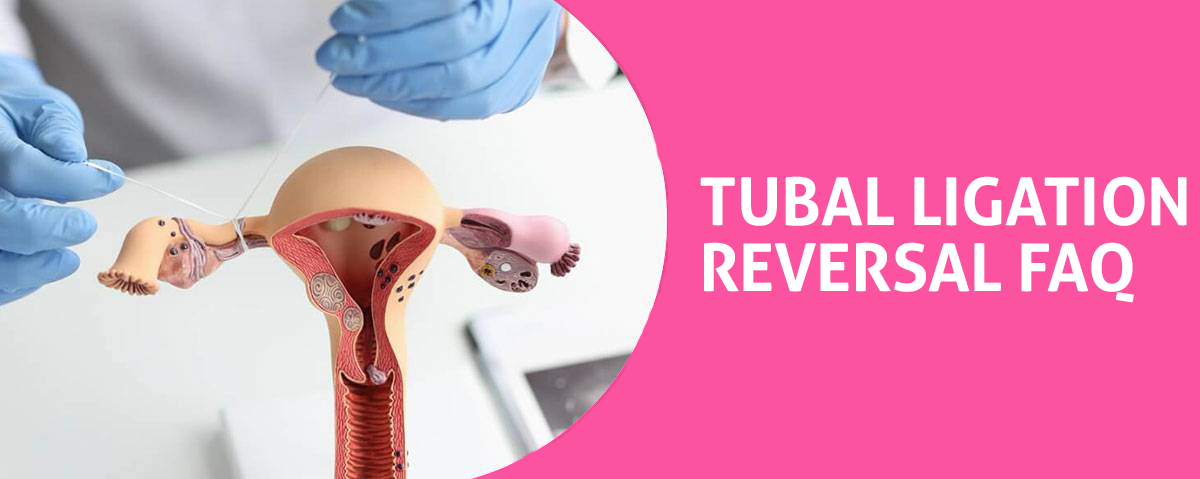Can You Be Awake When Getting Your Tubal Ligation?
Considering a tubal ligation? You’re probably pondering the procedure’s particulars, particularly the anesthesia aspect. So, what are your options when it comes to anesthesia during a tubal ligation, and can you really stay awake during the procedure? You’ll be glad to know you actually have a few choices. General anesthesia is one option, but it carries its own anesthesia risks, including allergic reactions and breathing problems. Alternatively, you could opt for local or spinal anesthesia, which numb only certain areas and could allow you to stay conscious, albeit drowsy. Pain management is essential here, and your doctor will ensure you are comfortable throughout the procedure. Remember, whichever choice you make, it should be based on your health, comfort level, and your doctor’s advice. Being informed is key to making this decision.
The Process of Tubal Ligation
Once you’ve made your anesthesia choice, it’s time to understand the steps of your tubal ligation procedure. This typically involves accessing your fallopian tubes through either an abdominal incision or a laparoscope, depending on the ligation methods used. These could be clipping, burning or cutting the tubes, or placing rings or clips to block them. Each method has its own pros and cons, as well as varying tubal reversal possibilities. A reversal is not always successful, especially with methods that cause extensive tube damage. Following the procedure, you’ll be monitored until your anesthesia wears off. It’s important to remember that tubal ligation is considered a permanent form of birth control. Always discuss your options with your doctor before making a final decision.
Post-Surgery Expectations and Recovery
After your tubal ligation, you’ll likely experience some discomfort and fatigue, but these symptoms should subside within a few days. Pain management is crucial during this period, and your doctor will likely prescribe over-the-counter or prescription pain relievers to help you cope. Rest and gentle activity can also aid in your recovery. It’s important to listen to your body and give it the time it needs to heal.
The emotional impact of tubal ligation can vary from person to person. You may feel relief, sadness, or a mix of emotions. It’s perfectly normal to have a range of feelings post-surgery. Reach out to your healthcare provider or a counselor if you need support during this time. Remember, it’s essential to take care of both your physical and emotional health during recovery.
Other Popular Questions About Tubal Ligation Reversal:
How Dangerous Is Tubal Ligation?
How Common Is Weight Gain After Tubal Ligation?
How Common Is Tubal Ligation Failure?
How Common Is Regret After Tubal Ligation?
How Common Is Recanalization After Tubal Ligation?
How Common Is It to Get Pregnant 7 Years After a Tubal Ligation?
How Can You Tell if Your Tubal Ligation Failed?
How Can You Still Have Periods After Tubal Ligation Anatomy?
How Can You Have a Period After Tubal Ligation?
How Can I Tell What Type of Tubal Ligation I Had?
How Can I Reverse Tubal Ligation?
How Can I Prevent Early Menopause After Tubal Ligation?
By using this webiste you agree to Terms and Conditions
